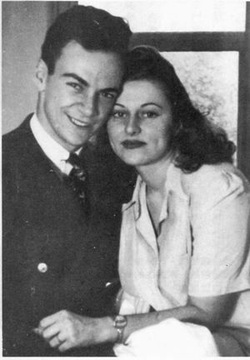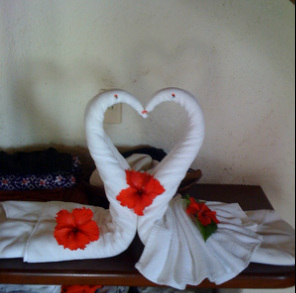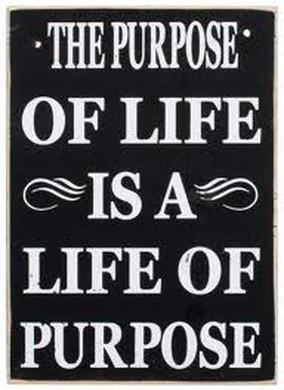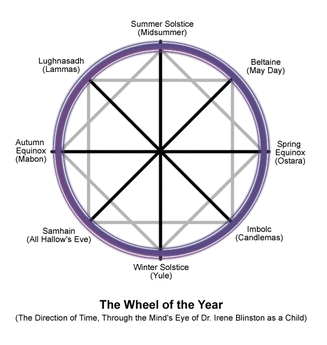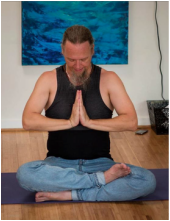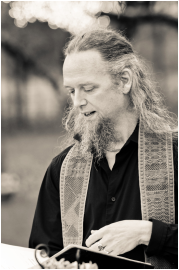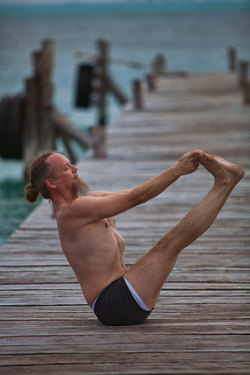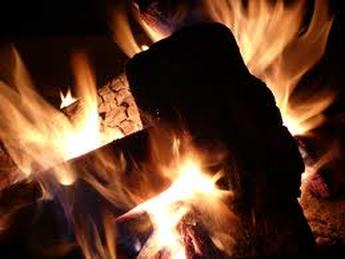
Within the asana practice, there can be times of struggle and times of ease; times where we feel the need to coax just a little more out of it, and times where we realize that we are simply coasting through it. We need to be aware of those moments that take us from our intention and attention, or attraction, to the natural and innate tendencies to push too hard, or to simply drift away into the ease and mindlessness.
The edge: not the ‘edge’ where they say "if you aren’t living on the you’re taking up too much space". No, the edge of the practice, that vital space of information and transformation; any less effort and our mind wanders out of the asana practice – any more effort and we would abuse the subtlety of pranayama and lose the benefit of the practice!
So, I would liken this ‘edge’ in the practice to a campfire – come along for my story.
The campfire is warm and it represents safety; its light and warmth are a comfort and it’s a refuge from the darkness. The light keeps the critters away, it casts a protective circle - the heat keeps you warm and contained, and present. The dancing of the flames on the embers is entrancing, mesmerizing, and timeless. It’s what is happening, it’s the primary conversion of energy that we can participate in, it offers purification and possibility; and, potentially danger as well.
If we rush too quickly towards that edge, the campfire, we may stumble, or create too much momentum and not stop in time. We may choke on the smoke, we may get cinders in our eyes, and we may singe our eyebrows or even be injured in the manifestation of the fire! We lose clarity, we hurt ourselves, we gasp and recoil, and we cause stress.
If we tarry, or we hesitate, we also may suffer. We may remain cold and distant; we may be lost outside of the safety and comfort of the circle of light. We may be prey to those things in the shadows that aren’t pleasant, and without the light of the campfire, we may imagine them to be larger or more persistent than they are. We would miss the community, the reverence, the dancing lights of the embers and flames, the energetic exchange of the fire and folk.
And, what is the ‘edge detector?' How do we know that we aren’t playing with fire, or giving ourselves a cold shoulder? The breath: the breath is the detector of the edge in our practice.
Does it lose the quality of mindfulness when we don’t fully engage and bring ourselves into the asana – not the 'fullest expression' - just engaged integrity and focus? Does it become shallow and unattended and does the mind wander? If you can plan your day, you should rather commit to being present and engaging in the practice; find more sensation and engagement, come a little closer to the flame.
Likewise, do you take every offered intensification and expression, greedily rushing in, mindless of the edge and then finding yourself gasping, panting, mouth-breathing? If we rush too quickly to the heat and the transformation or purification, we can’t sustain - and contain - the healthy fire without the pranayama.
A difficult question to take into our practice – are there poses where you know you sacrifice the breath in order to ‘nail’ the pose? What is the benefit of that?? Does the expression of the asana that you seek undermine the integrity of the pranayama and turn you into a mouth-breather?? Sweet lil' blue-faced baby cow-hugging Krishna, forbid it!
That’s why I like this metaphor of the ‘edge’ and the campfire. Don’t rush in and get burned and ruin your trip; but don’t hang out in the cold woods and get bit by a big bad wolf!! Practice working gently to and fro, right at the threshold where you maximize the internal mantra of ‘I am breathing in, I am breathing out’ and let that be the whole of your mind.
Breath, linked to engaged expression in posture: Pranayama, Asana, and perhaps, Pratyahara – the intentional withdrawal from your senses and into the moment in front of you – and edgy concept, but a worthy one!
Give thanks and praise, see you ‘round the campfire!

